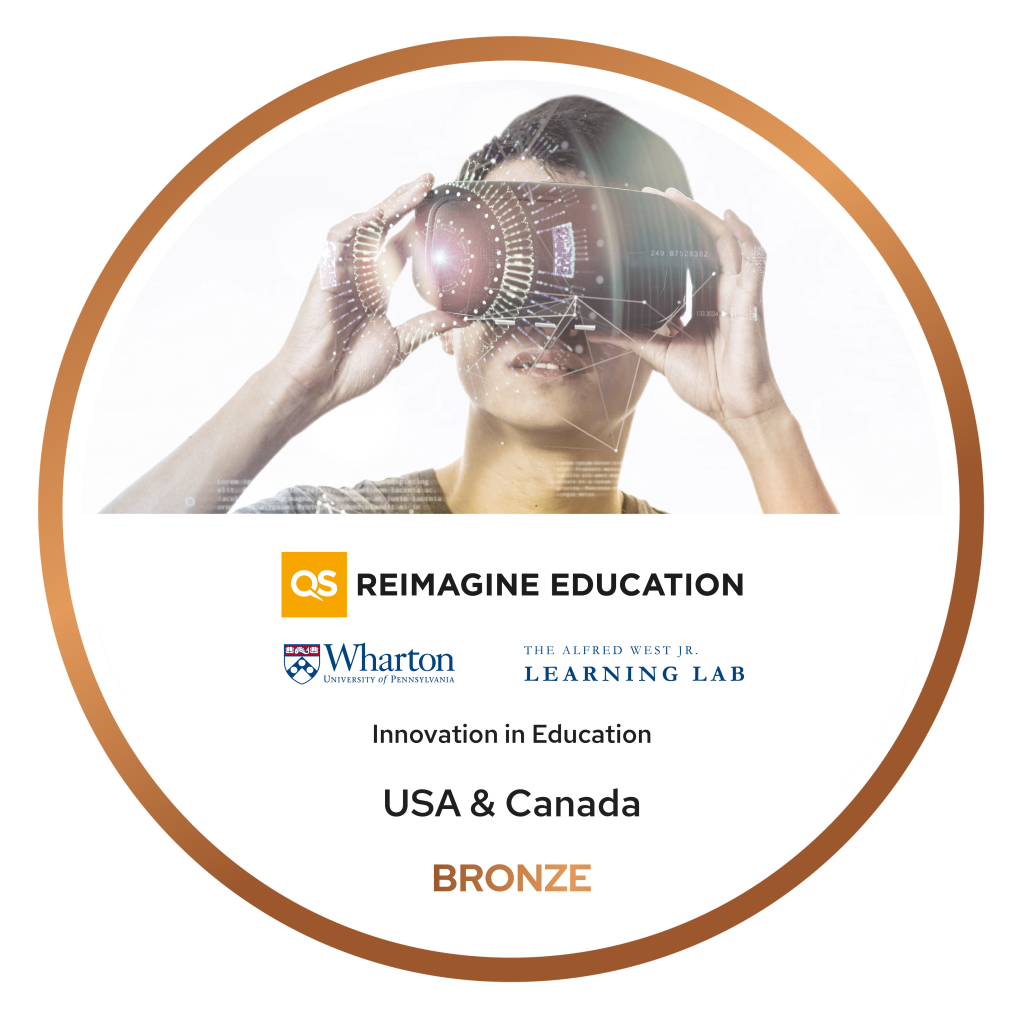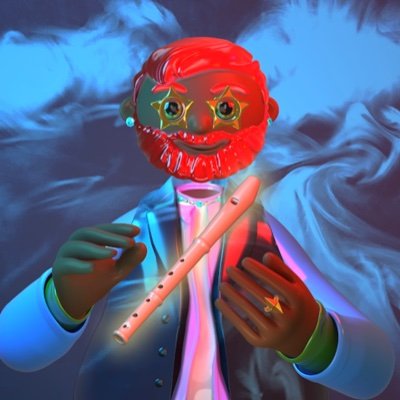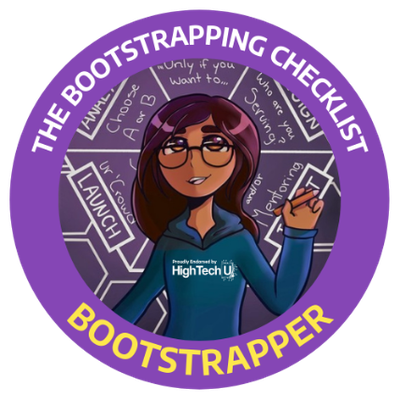Learning Lab – Case Study: Innovating Web3 in a Toronto Public School
The session will cover innovating in large public schools systems in North America, with a focus on the Lern2ern token program, the The Bootstrapping Checklist ebadges program, and Taxali mural NFT project at John McCrae PS, Toronto. Register now at www.ed3futures.com.

Shout out to John McCrae! Let’s get our youth on to #Web3 ASAP!!!
Innovating in public schools requires assessing support, timing, and personal readiness for the challenge. Innovation in public schools is brutal1. If you decide you want to innovate, determine the culture of innovation at your school. Do you have support? Is the timing right (it’s never right!)? Do you have the mental and physical energy for it?
At John McCrae PS where I teach grade 7, we have a great staff. We are lucky, for now. This situation can and is changing very quickly as we are running out of teachers, but we are dealing. If you are lucky enough to have a great school culture, document your good work and share it widely. Your collaborative school culture won’t last forever, but sharing your work to the web might give it a life beyond.
Let business objectives lead technology2. So you have decided that you want to innovate in a classroom or a school, oh brave soul. What problem are you trying to solve with web3? Determine your pain point and think about whether web3 might provide a solution (Ed3DAO is here to help!). Write a user journey: storytelling is a powerful way to not only consolidate and effectively communicate your solution to yourself, but it will help you garner support from stakeholders as you share your compelling story for change.
Maintain a big-picture vision while being open to compromise. Backward map for phased innovation, involving students and measuring progress. Think big and in terms of doing something simple, elegant and globally scalable. My experience with innovation is to stay true to your vision, but your passion is supported by others, so compromise is key. Remember to reciprocate when others are trying to innovate.
Plan in three phases, backward map from phase 3 (your 3-5 year plan), to phase 2 (with 1-2 year timeline), to phase 1 from 6 months – 1 year. The Reimagine Education application guide is a great working model for classroom innovation. If you can work together with your colleagues, then great. More importantly, innovate WITH your students and collect data (and protect it ensuring student privacy) to measure target completion and effectiveness so you can pivot and engage support.
Prioritize student safety and privacy in all initiatives. Student safety and privacy above all. I plan and implement my innovations along with my students – their feedback is critical to the development of my innovations. Plan for privacy and security from the beginning, but also as you collect student data for monitoring, evaluation, and possibly sharing.

Cultivating a support network as navigating educational innovation often means swimming against systemic currents that undervalue teachers’ professionalism and well-being. Have a support group. Education systems are designed to cancel teachers, so as a ‘teacherpreneur’ you are swimming against the current, against a system that does not value your professionalism or your life for that matter. Without a support group, you won’t make it. Try to stay healthy, this is the toughest, I’m still not great at it. Showing up healthy as a teacher is the most significant form of protest against any system that is designed to use you up and spit you out. Pace yourself – innovating is a way of being, not an end goal.
What are your next steps…
Conclusion
I see uploading select student work to the blockchain as a funding solution to our gutted public education systems. Web3 gives communities a stake and motivates students as it offers intellectual property ownership of work done in schools. The classroom is an innovation incubator and the district should be the accelerator. I am skeptical that more and more districts will take active roles in scaling up innovations that happen in our classrooms – they simply do not want to give teachers that much power, or are too cumbersome and slow to do anything about it. If they do not support and scale innovation at the classroom level, they will perish into irrelevance.
The UK, US, Canadian and Australian education systems and democratic institutions are crumbling3. Thus, by saving public education we are regenerating our democratic institutions. This is what is really at stake here for all of us who do not wish to have to choose between communism or fascism, as web3 provides a centrism that people can rebuild around, especially our school communities.
Make your innovations pedagogically sound – do your research and be responsible. Unlike hybrid learning during the pandemic (where the teacher teaches virtual and in-class at the same time, which was based on no pedagogy and thus shockingly reckless), the Bootstrapping Checklist was judged over six years at Reimagine Education before actually winning Bronze.
All my innovations have a solid basis in pedagogy, something districts don’t obviously necessarily implement, even at scale. With sound pedagogical foundations and 30 years in the classroom, I feel confident in scaling my innovations on Web3, iterating and improving with my powerful and supportive community. I hope my Learning Lab helps us all do the same.
Good Luck, Rich B
- 1I am writing from the perspective of a classroom teacher here – it’s toughest for us to innovate, as opposed to a ‘system initiative’ or some such with political and financial backing – teachers usually have neither.
- 2Thank you Lin Zhou for your insight and support.
- 3There is some hope here from Audrey Tang in Taiwan https://www.plurality.net/
#web3 #ed3 #innovation #education #equity #blockchain #tokens #ebadges #NFT #dao #ed3dao #neverstopinnovating #lern2ern






